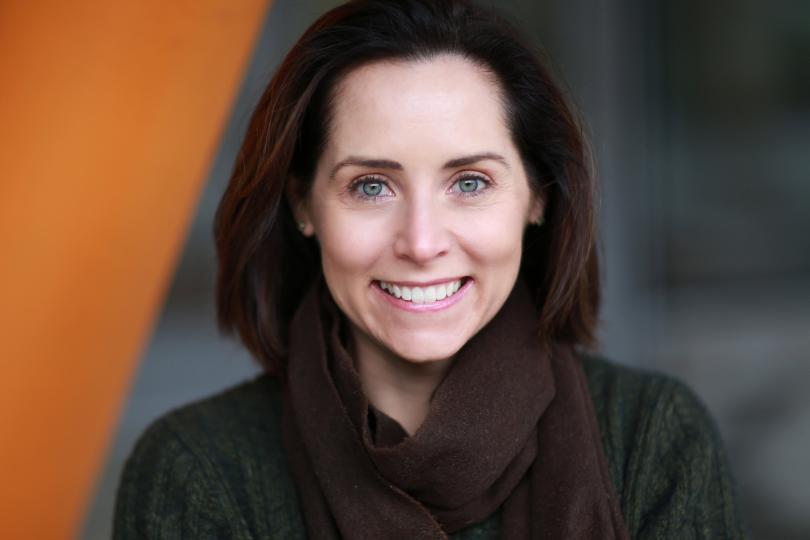 Dr. Samantha Brugmann | Brugmann Lab
Dr. Samantha Brugmann | Brugmann Lab
Bio:
Dr. Samantha Brugmann is a developmental biologist studying craniofacial development and disease. Her longterm goal is to help children with craniofacial anomalies by generating tissue amenable for surgical repair. To achieve this goal, her lab specifically focuses on the role the primary cilium during craniofacial development and the craniofacial anomalies that arise when the cilium do not function properly. Projects in her lab utilize avian, murine and humaninduced pluripotent stem cells to gain a better understanding of the molecular mechanisms associated with craniofacial anomalies. In addition to using existing animal models to understand human craniofacial disorders, her lab also sequences patients and generates cell-based models to uncover novel genetic causes for craniofacial ciliopathies.
Abstract:
The Brugmann Lab focuses on the understanding molecular and cellular processes important for craniofacial development and the onset of craniofacial anomalies (CFAs). CFAs represent approximately one third of all birth-defects. For the past decade, my research program has centered on treating these conditions by garnering a fundamental understanding of craniofacial development and pathological mechanisms associated with CFAs. We have specifically focused on a class of CFAs called ciliopathies, which are caused by disruptions to a cellular organelle called the primary cilium. Ciliopathies represent a fast-growing group of disorders, that can affect up to 1 in 800 people. My lab was the first to report that the craniofacial complex is the primary organ system affected in 30% of all ciliopathies, and thus coined the term craniofacial ciliopathies. My lab uses murine, avian and human model systems to understand molecular mechanisms associated with ciliopathies. Furthermore, we use these model systems to identify potential therapeutic avenues to treat this class of diseases.
